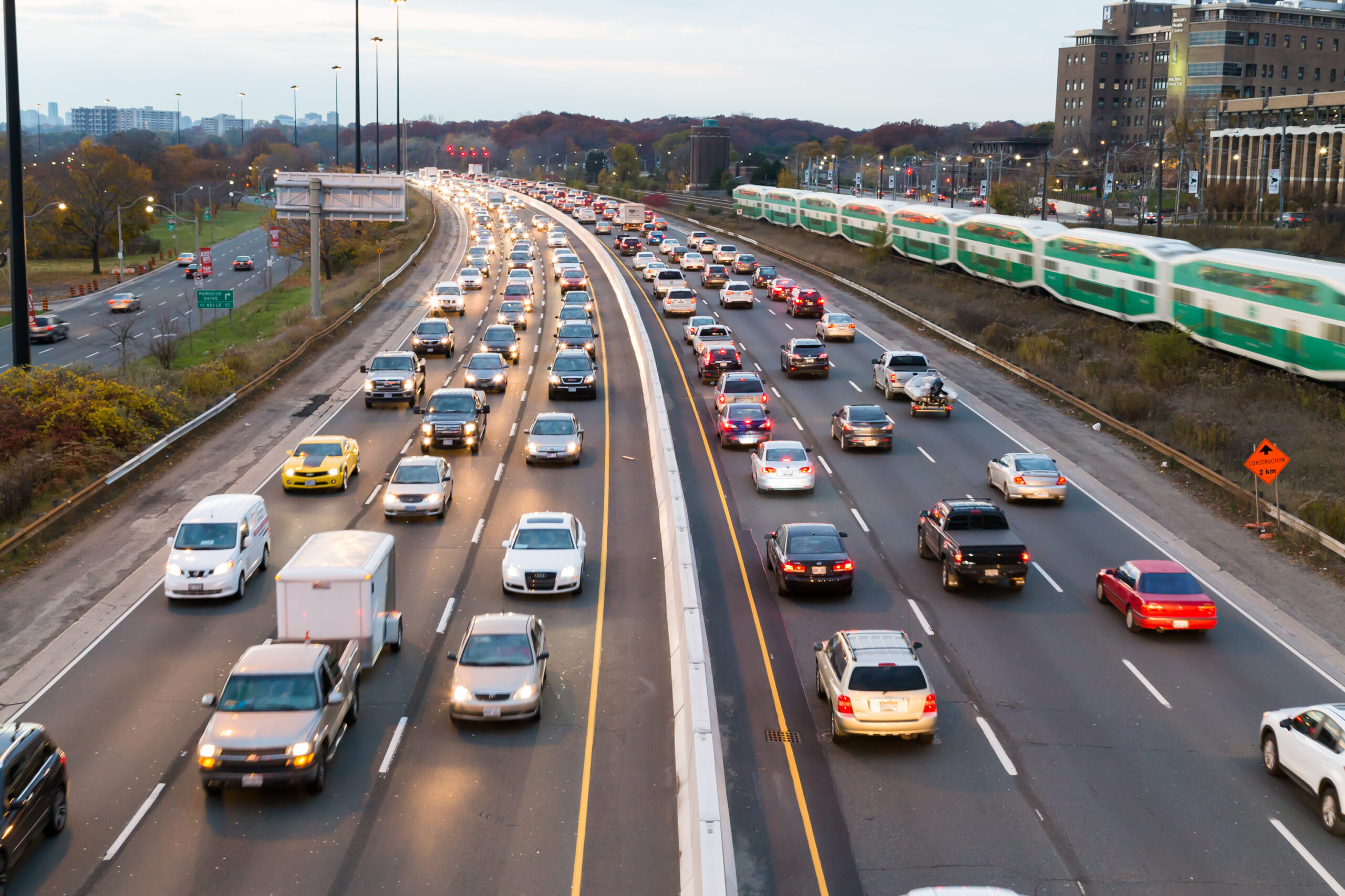Cities in the Greater Toronto Area (GTA) have some of the highest auto insurance rates in Ontario. Certain neighbourhoods are further impacted due to insurance assessments that determine certain areas as being higher risk.
Those who live in areas outside of metropolitan centres often must rely on private vehicles to get them to and from work, school, grocery stores, health and social services and places of recreation. The ability to afford a vehicle and its related costs is part of what is needed to live a healthy, meaningful life, as explained in Wellesley Institute’s Thriving in the City framework.
The high insurance rates in the GTA disproportionately impact those who are already structurally disadvantaged, including those who are low-income, racialized and newcomers. Figuring out ways to sustainably lower costs for auto insurance is necessary to help more people thrive.
The current government has promised to address disparities in auto insurance premiums by ending postal code discrimination — which is the use of postal codes to price auto insurance based on regional driving and demographic statistics. However, no formal legislation or strategy has been introduced to achieve this.
To understand postal code discrimination, it is important to discuss what the auto insurance industry calls risk classification.
Risk classification groups insured persons together based on the risk they represent. According to the Financial Services Regulatory Authority of Ontario (FSRA), algorithmic systems determine risk using a variety of factors, including place of residence.

In Toronto, the highest premiums impact residents with postal codes based in Etobicoke, North York and Scarborough. Many wards in these regions, including Humber River-Black Creek and Scarborough Southwest, are designated Neighborhood Improvement Areas and have higher rates of poverty, lower rates of educational attainment and have less access to supports and services compared to the rest of Toronto.
The use of postal codes in risk classification has contributed to the rise in premium costs, leading families in some cities to pay thousands of dollars more in insurance premiums.
For example, in 2022, the Auditor General of Ontario found that a person living in London would pay an auto insurance premium of $1,200, while a person living in Brampton would pay $3,350 for the exact same car.
Low-income households in cities like Brampton are greatly impacted by these high costs, as many are already struggling to meet payments for other basic needs such as rent and food due to the rise in cost of living.
High-income households on the other hand may be able to get lower premiums by using a postal code tied to secondary properties, such as a vacation home or an investment property.
Action must be taken to ensure that marginalized communities are not further disadvantaged because of risk assessments based on factors outside of their control.
Auto insurance companies should be held accountable to meet regulatory profit provision targets set by the FSRA through greater government regulation. This would ensure that auto insurance companies lower premiums for policyholders and provide meaningful rebates in the case of future windfall profits.
Although proposed government actions have focused on ending the use of postal codes in determining premiums, implementation of this cannot mean that auto insurance premiums are raised for everyone else, when they should be lowered to ensure everyone has what they need to thrive.
To develop other meaningful and innovative solutions, the government should engage and work with auto insurance companies and stakeholders, including experts and community members, to ensure fairness in auto insurance rates. Acting on this issue now will help get more of the population towards a thriving wage and advance equity.
